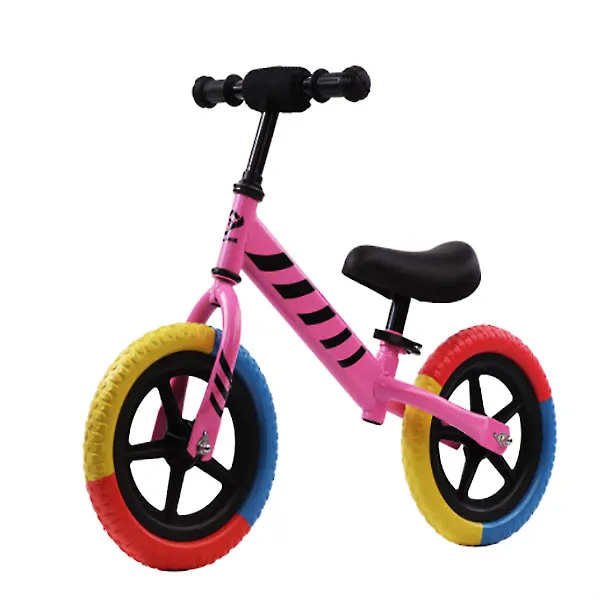
- Afrikaans
- Albanian
- Amharic
- Arabic
- Armenian
- Azerbaijani
- Basque
- Belarusian
- Bengali
- Bosnian
- Bulgarian
- Catalan
- Cebuano
- Corsican
- Croatian
- Czech
- Danish
- Dutch
- English
- Esperanto
- Estonian
- Finnish
- French
- Frisian
- Galician
- Georgian
- German
- Greek
- Gujarati
- Haitian Creole
- hausa
- hawaiian
- Hebrew
- Hindi
- Miao
- Hungarian
- Icelandic
- igbo
- Indonesian
- irish
- Italian
- Japanese
- Javanese
- Kannada
- kazakh
- Khmer
- Rwandese
- Korean
- Kurdish
- Kyrgyz
- Lao
- Latin
- Latvian
- Lithuanian
- Luxembourgish
- Macedonian
- Malgashi
- Malay
- Malayalam
- Maltese
- Maori
- Marathi
- Mongolian
- Myanmar
- Nepali
- Norwegian
- Norwegian
- Occitan
- Pashto
- Persian
- Polish
- Portuguese
- Punjabi
- Romanian
- Russian
- Samoan
- Scottish Gaelic
- Serbian
- Sesotho
- Shona
- Sindhi
- Sinhala
- Slovak
- Slovenian
- Somali
- Spanish
- Sundanese
- Swahili
- Swedish
- Tagalog
- Tajik
- Tamil
- Tatar
- Telugu
- Thai
- Turkish
- Turkmen
- Ukrainian
- Urdu
- Uighur
- Uzbek
- Vietnamese
- Welsh
- Bantu
- Yiddish
- Yoruba
- Zulu
Jul . 31, 2024 00:58 Back to list
How to Properly Adjust the Rear Derailleur on Your Mountain Bike for Optimal Performance
How to Adjust the Rear Derailleur on a Mountain Bike
Whether you're an avid mountain biker or a casual rider, knowing how to adjust your rear derailleur can enhance your biking experience. The rear derailleur is a crucial component of your bike's gearing system, responsible for moving the chain across the cassette to achieve your desired gear. If it's misaligned or not properly adjusted, it can lead to skipped gears, poor shifting performance, or even chain damage. Here’s a step-by-step guide to help you adjust the rear derailleur on your mountain bike.
Tools You’ll Need
Before you start, gather the necessary tools - A Phillips or flathead screwdriver (depending on your derailleur) - A 5mm Allen wrench - Chain lube - A bike repair stand (optional but helpful)
Step 1 Position the Bike
If possible, place your bike in a repair stand to make the adjustments easier. If you don’t have a stand, simply flip the bike upside down, resting it on the handlebars and seat. Make sure the bike is stable and won’t roll during the adjustment process.
Step 2 Inspect the Derailleur
Begin by inspecting the rear derailleur for any visible damage or obstruction. Look for bent components, loose screws, or debris that might affect its operation. Make sure the chain is clean and lubricated for smooth shifting.
Step 3 Adjust the Limit Screws
Every rear derailleur has limit screws, usually labeled as 'H' (high) and 'L' (low)
. These screws determine how far the derailleur can move in the high and low gear positions, preventing the chain from falling off the cassette.adjusting rear derailleur mountain bike

- High Limit Adjustment (H) Shift the chain to the smallest cog (highest gear). Adjust the 'H' screw so that the derailleur is positioned right above the smallest cog without touching it. Turning the screw clockwise will move the derailleur closer to the cog, while counterclockwise will move it away.
- Low Limit Adjustment (L) Shift the chain to the largest cog (lowest gear). Adjust the 'L' screw so that the derailleur is positioned just above the largest cog, again without touching. Follow the same clockwise and counterclockwise rules.
Step 4 Adjust the B-Screw
The B-screw controls the angle of the derailleur pulley relative to the cassette. Proper adjustment is necessary to ensure adequate clearance for the chain when shifting. To adjust it, shift to the largest cog, and then turn the B-screw until the derailleur's upper pulley is about 5-6mm away from the largest cog. This distance facilitates smooth shifting and chain movement.
Step 5 Fine-tune Cable Tension
Now it’s time to fine-tune the cable tension. Shift your bike through the gears; if it struggles to shift up or down, you may need to adjust the cable tension. Increase the tension by either turn the barrel adjuster counterclockwise (to tighten) or clockwise (to loosen).
Step 6 Test the Shifting
Finally, test the shifting by cycling through all the gears while riding your bike. Pay attention to how smoothly it shifts from one gear to another. Make additional tweaks to the cable tension if necessary.
Conclusion
Regular maintenance, including derailleur adjustments, is essential for keeping your mountain bike in peak condition. With practice, you can become proficient at making these adjustments, ensuring that your bike performs well on every trail. Remember, a well-tuned bike not only enhances your performance but also improves your overall riding experience. Happy biking!
-
The Ultimate Kids' Four-Wheeler Experience
NewsJul.09,2025
-
The Ultimate Guide to Mountain Bikes: Gear Up for Your Ride
NewsJul.09,2025
-
The New Age of Cycling: Electric Bikes for Every Rider
NewsJul.09,2025
-
The Best Kids Bicycles: Ride in Style and Safety
NewsJul.09,2025
-
The Best 3-Wheel Scooters for Kids: Fun, Safety, and Adventure
NewsJul.09,2025
-
Revolutionize Your Ride: Affordable Electric Bikes
NewsJul.09,2025
-
Finding the Perfect Mountain Bike for Every Rider
NewsJul.09,2025



